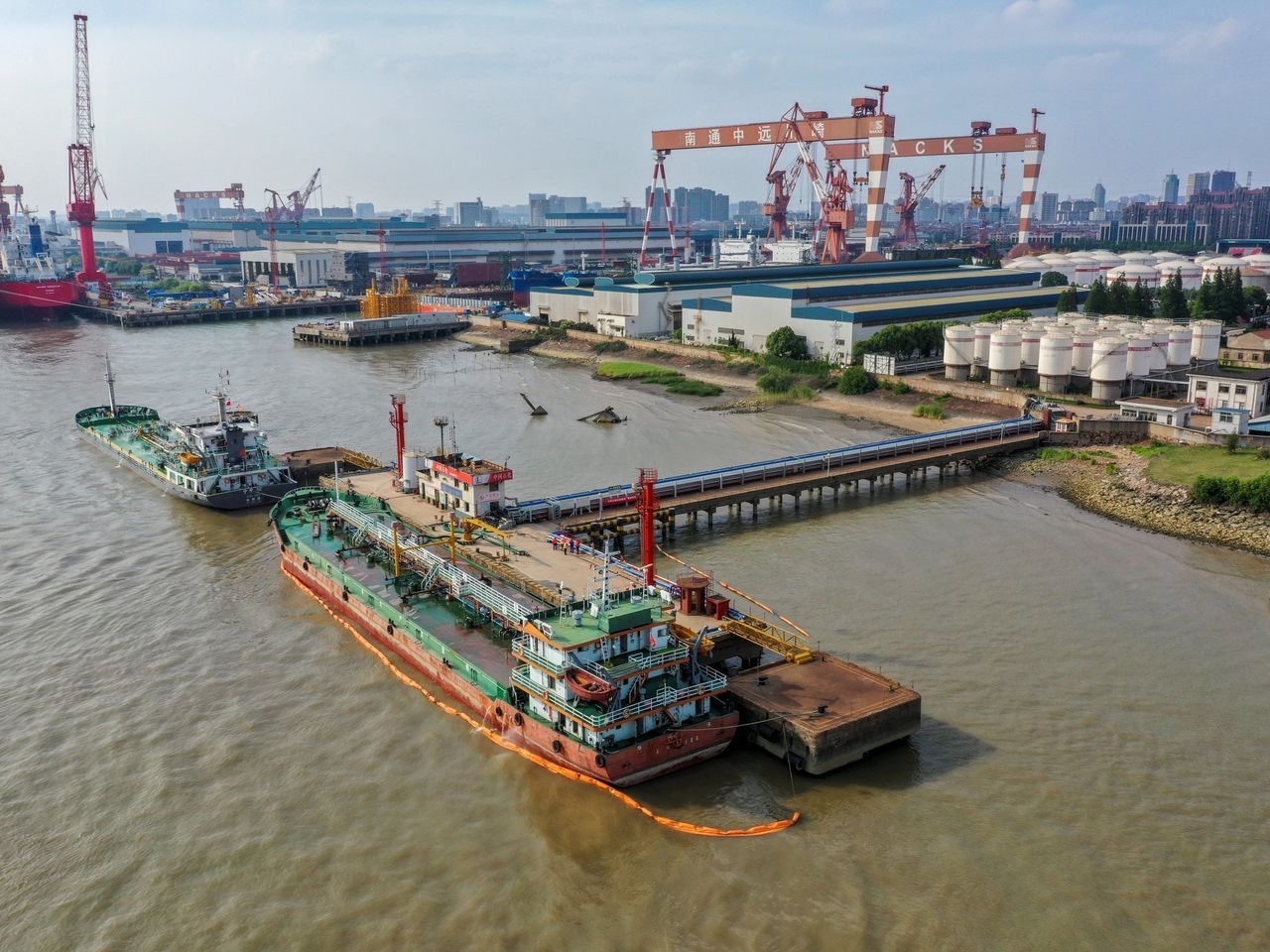Worldwide oil demand forecasts may be lower than in previous years, but OPEC Secretary-General Mohammed Barkindo said Friday to CNBC that demand growth is still “robust” and could surprise to the upside over the course of 2020 as trade tensions subside.
“By and large what we see from our side is an upside potential of growth from the demand side of the equation, which will affect the total balance for the rest of the year,” he said. “We are hoping that some of the challenges that we’re facing in terms of international trade will be addressed.”
Oil finished 2019 with a nearly 35% gain, but prices remain well below their prior highs. Part of this is due to the shale production surge in the United States, which Barkindo said is a “major variable” in OPEC’s decisions.
In December OPEC+, which is the 14-member cartel as well as its allies, agreed to cut production by an additional 500,000 barrels per day for the first quarter of 2020. This lifted total production cuts to 1.7 million bpd, above the 1.2 million bpd cut agreed upon in December 2018.
Saudi Arabia, OPEC’s largest producer, also said that it would continue its voluntary cut of 400,000 bpd, effectively bringing the alliance’s total cut to 2.1 million bpd.
“We remain focused on stability for the first and second quarter of 2020. The decision was to ensure that there’s no imbalance in these quarters,” Barkindo said. “But the total equation is looking at both supply and demand sides. We can only address the supply side of the equation. The demand side is something that we watch with very keen interest.”


